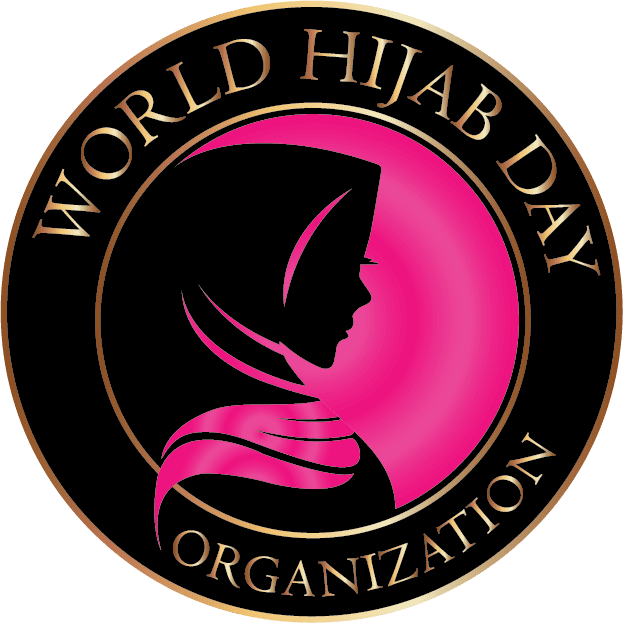Anonymous (Algeria)
My story is no different than many other women converting to Islam, but I share it in the hopes that it may be of some encouragement, as so many have been to me. Hijab played a large role in opening my mind to Islam, as I admired the khimaar pictured on women in Bible story books and Christmas plays from a very young age. I was raised in the U.S. in a very devout Protestant Christian family, so I knew almost nothing about Islam except some false information written by Christians that I read as a young teenager. When I began to study Arabic – and subsequently Islam from Muslims – at 18 years old, I found the concept of niqab extremely appealing, the freedom of not worrying what every single person on the street thought of your fashion sense, makeup, hairstyle, outfit, etc. When I decided to convert, my family was still unaware, so I would put on a simple headscarf after I’d leave the house, and take it off before coming home, but it wasn’t enough.
After a few months I moved to Egypt to study Islam and Arabic in more depth, and have the freedom to practice Islam without my family’s interference – the day after I arrived, I began wearing niqab, the traditional black head-to-toe, eyes covered, gloves, etc., and for the first time in my life I felt completely happy – it felt like living in a castle, complete protection and privacy, and once I learned the Egyptian dialect I could go about undetected as a foreigner, and the respect I was shown was remarkable. After a couple of years I returned to the U.S. and wore it there for a year or so, which received mixed reactions, some very positive and others very negative, before having to take it off for work. Wearing hijab in a non-Muslim-majority country was remarkably different from wearing it in the Middle East – in the West, it felt like being a walking billboard for Islam every time you walked out the door. Most people recognize your religion right away from the hijab, and those who are curious about Islam will come and ask you questions, those who are antagonistic towards Islam will often insult you (based on the hijab) or try to debate with you, while others will often compliment you on the hijab. It’s also a wonderful way to identify other Muslims in the street and shops.
My family was initially shocked more by the conversion to Islam than the niqab, and they always remained focused on the change of faith, not what I wore, though like many Americans they seem to have found the hijab alone somewhat less intimidating than the niqab – they have remained against Islam and the hijab, but the decision to leave home played a large role in establishing my independence, and with time and difficulty, they accepted and adapted to my choices – though not agreeing with them. Since then, I’ve moved back to the Middle East, this time Algeria, to continue Islamic and Arabic studies, and kept a simple jilbab/khimaar, as these are the garments mentioned in the Qur’an, and once again it’s played a vital role in blending into the culture and feeling at home, but I’ll always miss the completeness of the niqab, and hope to wear it again someday Insha’Allah.



